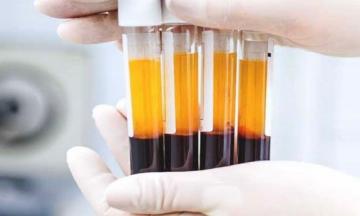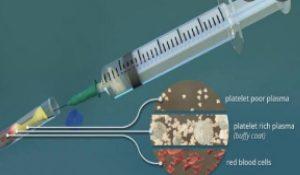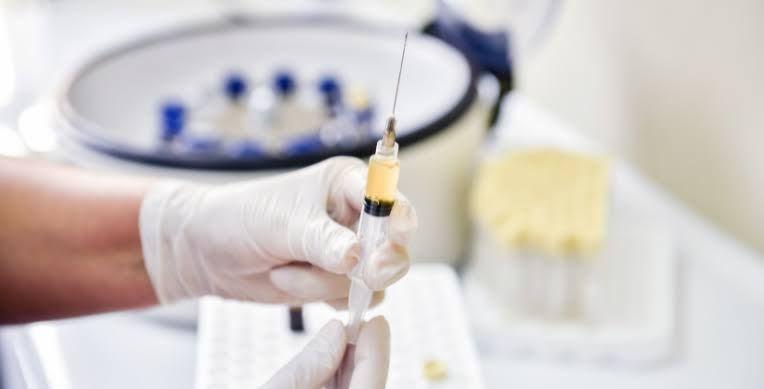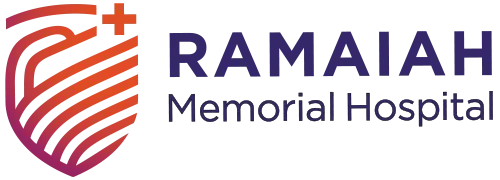Surgical Scar Reduction

Platelet-rich plasma (PRP) is a volume of blood having a high concentration of platelets which improves the adhesive properties and the process of wound healing.
Platelet-rich plasma increases the body’s innate healing responses by delivering a concentration of platelets directly to injured tissues. Because PRP is prepared from the patient’s own blood (autologous), there is no risk of allergic reaction. Current preparation methods concentrate platelets anywhere from 3-7 times baseline blood levels.

Once injected into damaged tissues platelets begin to degranulate, releasing beneficial growth factors such as epidermal growth factor which stimulates endothelial chemotaxis and angiogenesis, a connective tissue growth factor known to promote fibrosis and platelet adhesion, and transforming growth factor which regulates collagen synthesis and collagenase secretion.
One of the complications of cesarean section is related to the incision site. Because of the risk of infection, rapid and complete healing of the cesarean section wound is a high priority for doctors and new mothers.

PROCEDURE
- Before a patient is taken up for cesarean section, 20ml of blood is drawn in ACD tubes and centrifuged at 1500rpm. The plasma is taken in a plain tube and further centrifuged at 3000 rpm for 10 mins.
- The upper two-third portion of the sample is discarded and the lower one-third portion is collected in plain tubes which contain the PRP
- The PRP is then injected subcutaneously with a syringe after the fascia has been closed but before final sutures.
POSSIBLE BENEFITS
- Better healing of the wound
- Faster Lesser induration
- Post-operative pain is less
- Healing of the wound
DR N.V MANJULA- OBSTETRICS AND GYNECOLOGY
Associate Professor
Ramaiah Memorial hospital
Bangalore

